By 2025, the world of fashion is no longer just centered around Western cities; it’s truly going global. With over a third of the world’s population, China and India – two massive forces of culture and innovation – are completely changing the game when it comes to style, how we think about sustainability, and who holds influence.
These countries are way beyond just being places where clothes are made or trends are copied. They’re building a bold new chapter where technology, their rich traditions, and the power of their consumers all come together to reshape the massive $2.5 trillion fashion industry.
This article takes a closer look at the unexpected factors fueling this change and reveals how China and India aren’t just keeping up; they’re actually leading the way and setting the agenda for fashion worldwide.
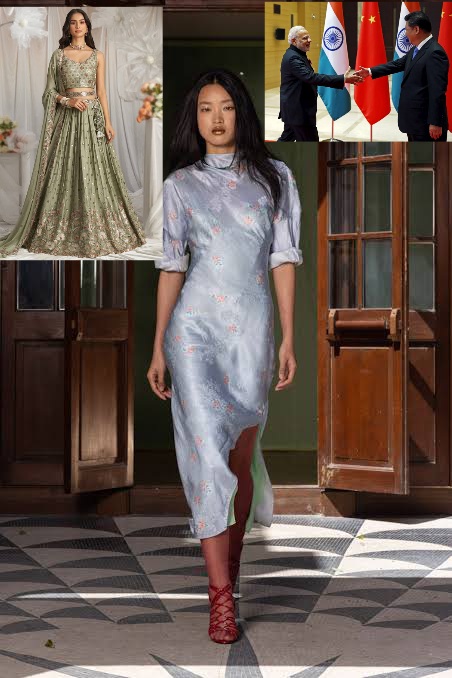
Photo Credit: CNN

Hyper-Tech Couture
China isn’t just about making clothes anymore; it’s really shaping the future of fashion. By 2025, expect their factories to look less like sweatshops and more like high-tech labs where AI, robotics, and blockchain come together. Picture clothes designed by algorithms that can predict the latest trends just by looking at social media posts in real-time. Imagine fabrics 3D-printed to perfectly match someone’s body scans, all with supply chains tracked by blockchain to make sure everything is ethically sourced.
Companies like SHEIN 2.0—a newer version focused on sustainability—and JD Fashion are leading the way with “hyper-personalized” collections, offering custom-made pieces at the speed of fast fashion.
Generative AI Design: Algorithms are sifting through global consumer data to create collections that mix Shanghai streetwear with Parisian chic, getting them to market before trends even fully take hold.
Zero-Waste Production: Smart factories are using laser cutting and modular designs to cut down fabric waste by as much as 30%, directly tackling the fashion industry’s environmental impact.
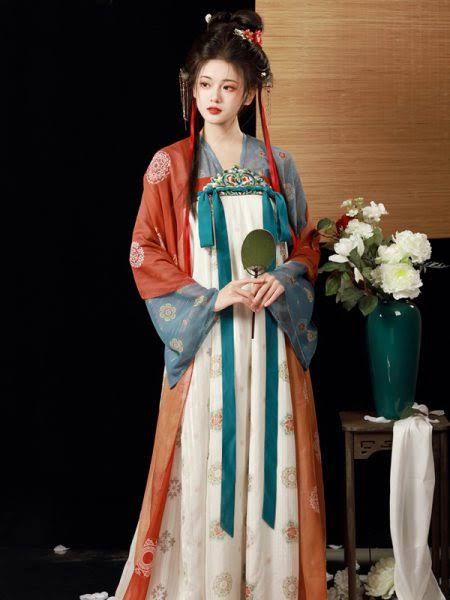
Photo credit: Fashion Hanfu
Cultural Renaissance in Design
Say goodbye to Western minimalism because Chinese designers are making a huge splash, bringing a wave of cultural innovation. Brands such as Chenpeng and Angel Chen are breathing new life into old Han dynasty designs and Mao-era looks, mixing them with vibrant neon colors and cutting-edge silhouettes that are catching the attention of Gen Z all around the world.
By 2025, fashion weeks in Beijing and Shanghai are expected to be just as influential as Paris’s, featuring holographic runways that display collections merging calligraphy-inspired patterns with bioengineered textiles. This isn’t about copying others; it’s a bold move to reclaim cultural identity, a message that’s striking a chord from Tokyo to New York.
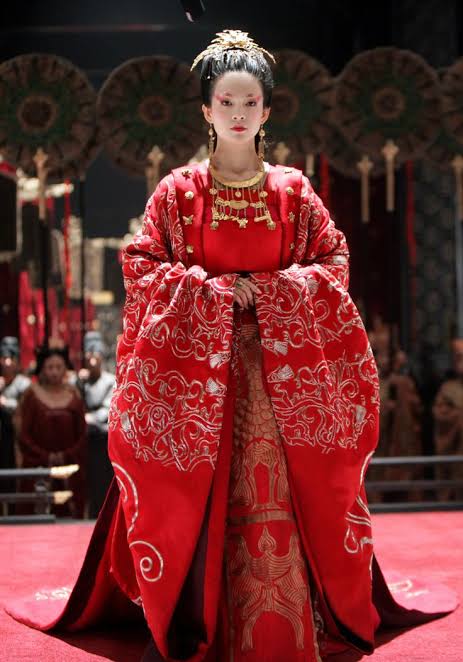
Photo credit: Pinterest
The Circular Fashion Vanguard
China is tackling the environmental impact of fast fashion by embracing a more sustainable approach: circularity. By 2025, companies like Bosideng are starting to popularize “fashion leasing” services. This lets shoppers rent luxury items for a season, after which those pieces are transformed into new designs through upcycling.
At the same time, textiles that break down naturally—made from algae and recycled plastic bottles—are becoming more common. This shift is being pushed by government regulations and a growing number of environmentally aware middle-class consumers. Rather than just going along with sustainability trends, China seems to be leading the way in setting them.
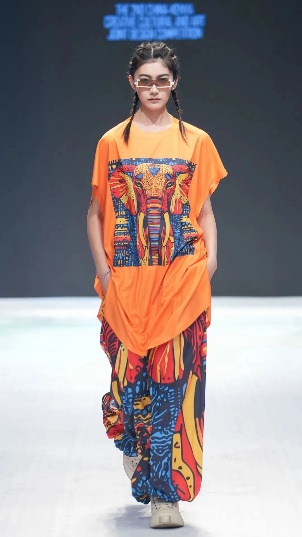
Photo credit: Donghua University
 India: The Soul of Global Style
India: The Soul of Global Style
Artisanal Alchemy
India’s fashion world is a vibrant mix of ancient traditions and modern cool, blending 5,000 years of skill with 21st-century style. Talented designers like Rahul Mishra and Ritu Kumar are making global fashion statements by transforming handwoven Kanjeevaram silks and intricate Kashmiri embroidery into must-have pieces, often adding a futuristic twist with metallic threads and 3D-printed details.
By 2025, India’s luxury fashion market is really taking off, with stunning couture saris and lehenga-inspired gowns making appearances on red carpets everywhere, from Bollywood events to the Met Gala.
Heritage-Tech Fusion: Designers are now using AR apps so customers can digitally “try on” beautiful handcrafted items, combining the touch of tradition with the convenience of digital technology.
Global Craft Diplomacy: Indian fabrics like Khadi and Ikat are becoming favorites for eco-luxury brands worldwide, and the artisans who create them are being recognized as co-creators of these designs.
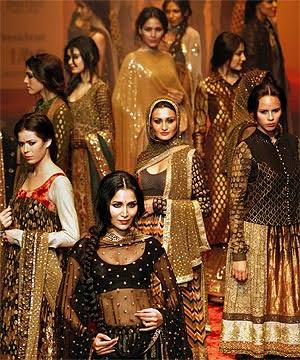
Photo credit: Passionate In Marketing
The Billion-Strong Consumer Revolution
India’s middle class, a massive group of 600 million people, is absolutely revolutionizing the fashion scene in a way we haven’t seen before. By 2025, these consumers, who are really comfortable with digital platforms like X (formerly Twitter) and shopping sites such as Nykaa Fashion, are going to be driving demand.
They’re looking for brands that cleverly mix global styles with a touch of Indian pride. Imagine things like comfortable athleisure kurtas, juttis (traditional shoes) made from vegan leather, or even saris crafted from upcycled denim – that’s the kind of blend they love.
This isn’t just about buying stuff, though. This demographic is actively helping to create new trends. Influencers on X, Instagram, Facebook, TikTok, and YouTube are playing a huge part, helping to showcase talented local designers to audiences all around the world.
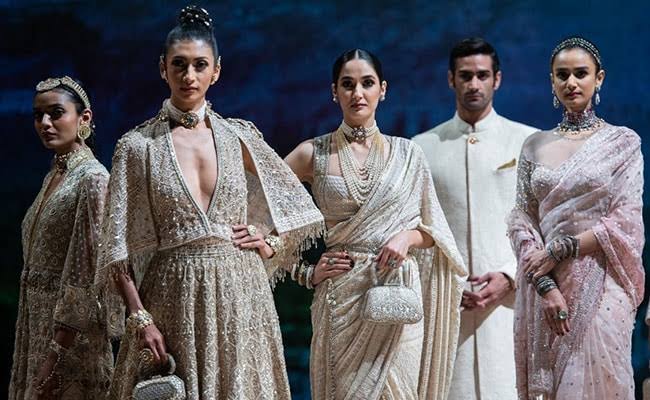
Photo credit: NDTV
Sustainability as a Cultural Mandate
India’s handloom industry isn’t just hanging on—it’s actually booming! By 2025, projects like “Handloom 2.0” are giving artisans the skills they need, like e-commerce training and grants for eco-friendly materials, effectively turning rural weavers into global business owners. Materials like organic cotton, banana fiber, and lotus silk are completely changing what luxury means in textiles.
Plus, brands such as 11.11 and Doodlage are leading the way with designs that create zero waste. For India, sustainability isn’t just a passing fad; it’s about going back to its core traditions, where creating waste simply wasn’t part of the process.

Photo credit: FashionNetwork India
 The Sino-Indian Nexus: A Fashion Superpower
The Sino-Indian Nexus: A Fashion Superpower
Collaborative Disruption
It’s fascinating to see how China’s cutting-edge technology and India’s rich artisanal heritage are coming together to create something truly new in the world of fashion. By 2025, we’re seeing a boom in partnerships between the two countries:
Tech Meets Tradition: Chinese artificial intelligence companies are teaming up with skilled Indian weavers. Together, they’re producing collections that can be made on a larger scale while still feeling handcrafted – think beautiful silk scarves featuring patterns designed with the help of algorithms.
Virtual Style Centers: Startups from both China and India are launching virtual boutiques within the metaverse. This lets shoppers buy digital versions of real clothes, skillfully combining Beijing’s tech advancements with Delhi’s distinctive design flair.
 The Battle for Cultural Supremacy
The Battle for Cultural Supremacy
It’s fascinating how collaboration and rivalry go hand-in-hand these days. You see this dynamic play out between China and India, for instance. China is showcasing its super sleek, futuristic style, while India is captivating people with its rich, handcrafted charm, and both are gunning for global attention.
They’re both using platform X to really boost their presence. Chinese brands are masters at setting the trends through algorithms, while Indian designers are winning people over by weaving compelling stories into their designs. It’s not about one winning and the other losing; it’s more like a creative competition that’s pushing the boundaries of fashion to incredible new levels.
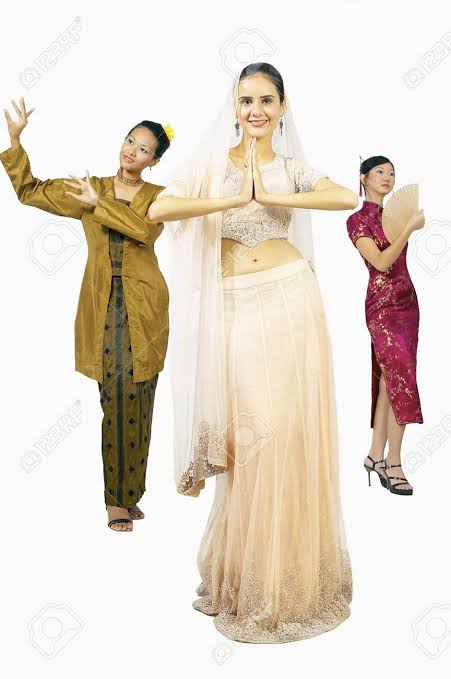
Photo credit: 123RF
 2025 Trends: Where China and India Lead
2025 Trends: Where China and India Lead
1. Virtual style is being totally reimagined—just look at China’s NFT-powered fashion shows and India’s craft exhibitions that use AR to bring designs to life.
2. Eco-friendly fabrics are setting a whole new bar for luxury, with everything from China’s algae-based threads to India’s lotus silk leading the way.
3. Streetwear with a cultural twist is everywhere right now, from Chinese dragon-print hoodies to Indian block-print sneakers that are captivating young people around the world.
4. Thanks to blockchain platforms from both countries, fashion is becoming more transparent than ever. These tech tools let shoppers track every single detail of where their clothes come from.
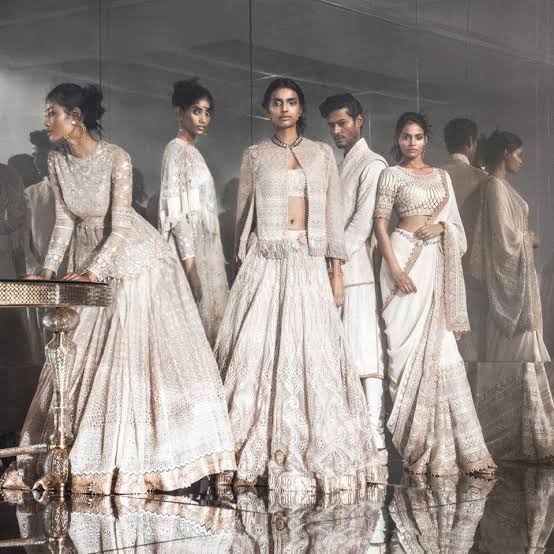
Photo credit: Tatler Asia
 The Road Ahead: Challenges and Triumphs
The Road Ahead: Challenges and Triumphs
 Hurdles to Overcome
Hurdles to Overcome
Environmental Responsibility: Both countries are feeling the push to adopt more eco-friendly methods, even as they juggle huge production needs.
Concerns About Cultural Appropriation: Now that their unique styles are gaining international attention, safeguarding intellectual property and cultural traditions is more important than ever.
Geopolitical Strains: Arguments over trade could potentially shake up their ability to work together, but fashion often manages to rise above political issues.
 Uncharted Opportunities
Uncharted Opportunities
Global Cultural Narrative: China and India aren’t just sending their clothes around the world anymore; they’re also sharing their whole outlook on style – think everything from the simple, wabi-sabi minimalism to the bold, maximalist energy.
Tech-Artisan Synergy: Imagine combining China’s high-tech automation with India’s time-honored craftsmanship. This blend could really give birth to completely new kinds of fashion.
Youth-Led Innovation: Inspired by Gen Z and Gen Alpha, both countries are shaping a future for fashion that’s all about being inclusive, digital, and deeply personal.
 Conclusion: A New Fashion Epoch
Conclusion: A New Fashion Epoch
By 2025, China and India won’t just be participants in the fashion world—they’re poised to be the ones setting the trends. China’s tech-savvy precision, paired with India’s heartfelt craftsmanship, is creating something truly unique: a style that feels both worldly and deeply connected to its origins.
Whether it’s on digital runways in the metaverse or traditional looms in rural villages, these two nations are showing us that fashion is shifting from what we wear to a reflection of who we are and where our future lies. Hold on tight: this Sino-Indian fashion wave is just beginning to gain momentum.
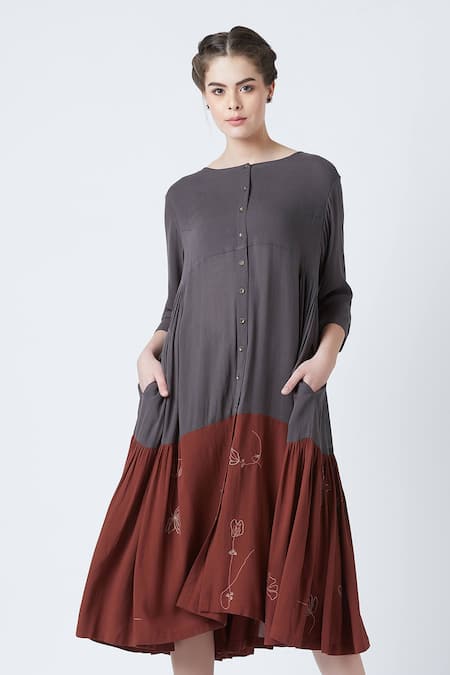
Photo credit: Aza Fashions


Mode in France Tokyo: French Ready‑To‑Wear & Accessories for SS 2026 in the Heart of Shibuya
Top 20 Fashion Blogs in the World to Follow in 2025 (High-Traffic, Stylish & Influential)
Recommended1 recommendationPublished in apparel, Bridal, celebrity fashion, Our Fashion Passion, Petite, Plus Size, Uncategorized

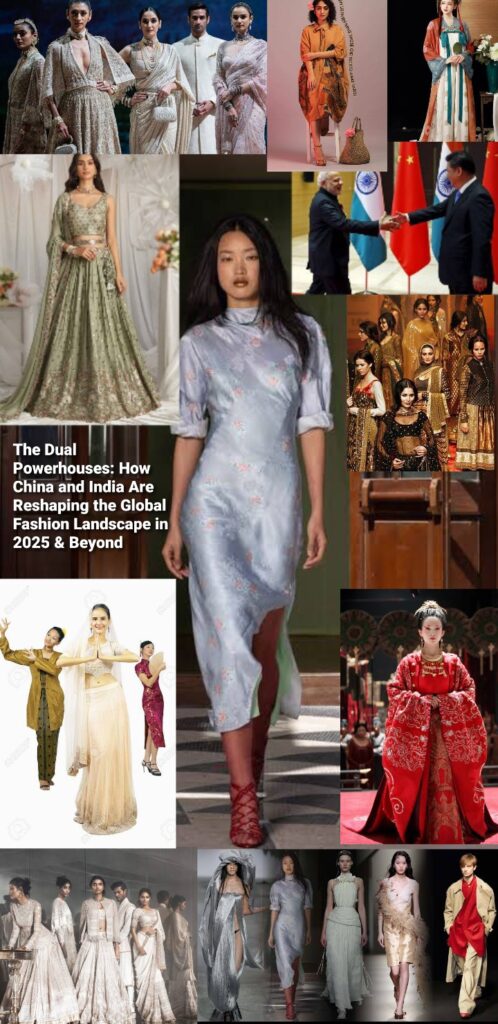



 India: The Soul of Global Style
India: The Soul of Global Style
 The Sino-Indian Nexus: A Fashion Superpower
The Sino-Indian Nexus: A Fashion Superpower The Battle for Cultural Supremacy
The Battle for Cultural Supremacy 2025 Trends: Where China and India Lead
2025 Trends: Where China and India Lead
 The Road Ahead: Challenges and Triumphs
The Road Ahead: Challenges and Triumphs Hurdles to Overcome
Hurdles to Overcome
 Uncharted Opportunities
Uncharted Opportunities Conclusion: A New Fashion Epoch
Conclusion: A New Fashion Epoch